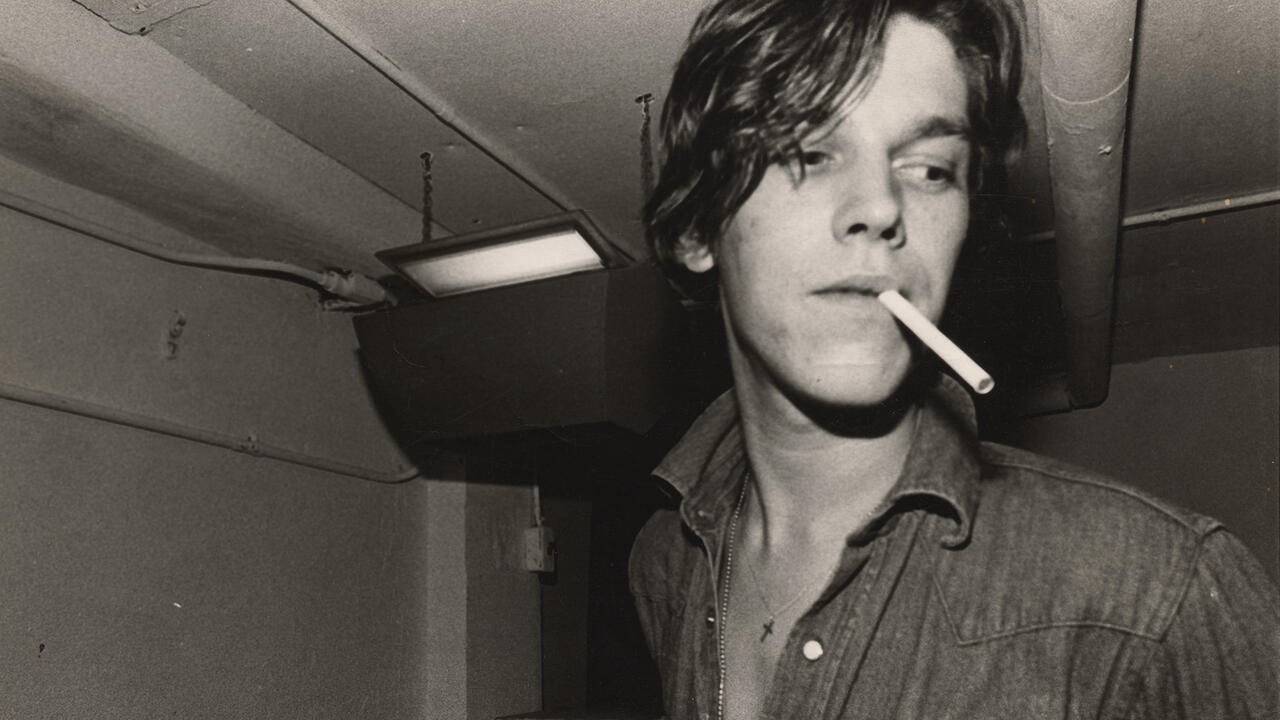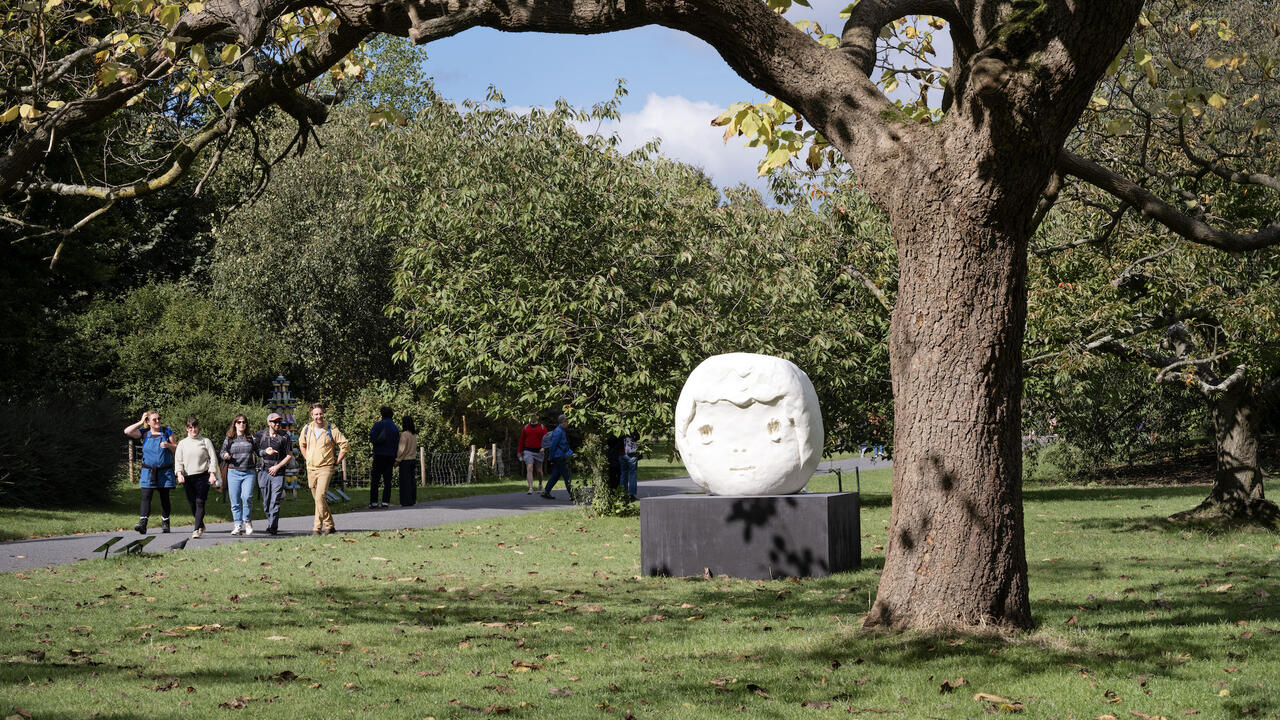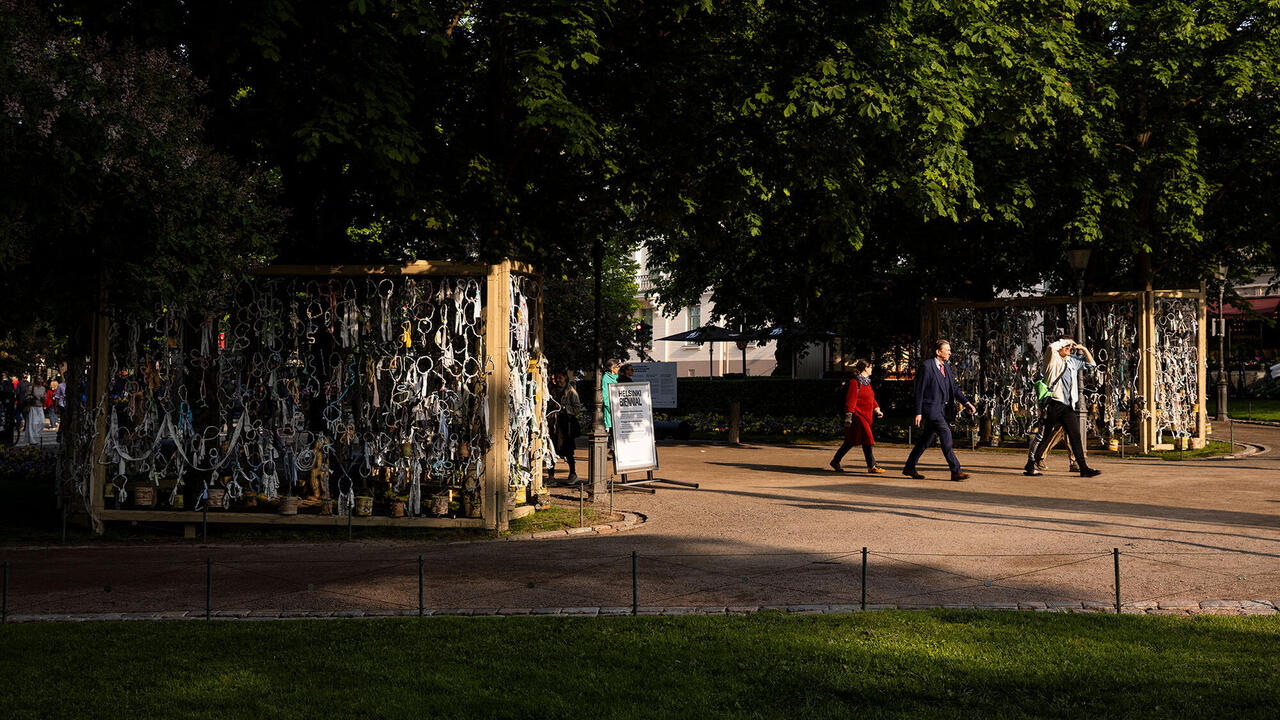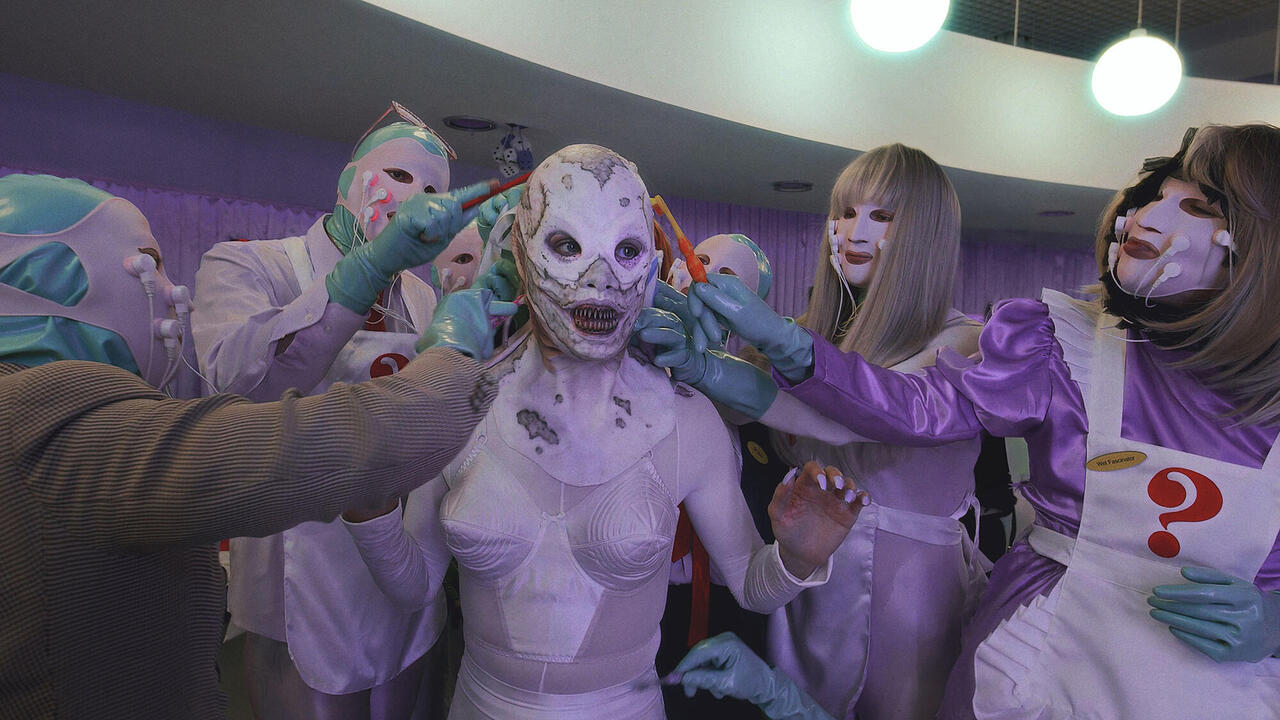Must-See: Going Under Danica Lundy’s Knife
In a new series of paintings at White Cube Mason’s Yard, the artist interrogates the political and social subjugation of women’s bodies down to the bone
In a new series of paintings at White Cube Mason’s Yard, the artist interrogates the political and social subjugation of women’s bodies down to the bone

This review is part of a new series of Must-See shows, in which a writer delivers a snapshot into a current exhibition
Danica Lundy’s second exhibition at White Cube builds a world disfigured by warped compositions, dissected, sinewy limbs speckled with sweat and blood, shadow figures and blown-up proportions, giving shape to atemporal, anxiety-inducing scenes. ‘Boombox’ reminds us that female bodies are not temples; they are playgrounds and battlefields, sites on which political and social subjugation render a woman’s body both spectacle and leverage. In her carnal paintings, Lundy interrogates this insight down to the bone.

Painted in the aftermath of the 2022 US Supreme Court ruling that rescinded abortion rights across many states, Yank (2024) depicts the removal of an intrauterine device. Lundy’s aim is clear: to document the biopolitical experiences of women from an angle of interiority, not at voyeuristic remove. Between two reddened, clenching fists sits the subject’s womb with enlarged ovaries and fallopian tubes, suspended by the cross section of a spinal cord. A ribcage tents over an otherwise empty torso, bringing into sharp focus two peering nurses contorted into pelvic bones. From the red void, a plasticky blue hand encroaches, emanating a clinical white light. The visceral sight, worsened by the nurse’s little finger forever anchored into the subject’s cervix, is an uncomfortable reminder of the breadth of physical and emotional trauma that strains the female body.
Lundy’s works hum with tension bursting to be released, as she suspends each scene in motion. Uncanny motifs, paired with the ultra-corporeal, can be seen in works such as I like the boys and the boys like me (2023). The doubling of narratives, realised by a compositional mirror-trick, denotes the implications of this bathroom scene. The boy’s perspective is a too-familiar, manipulated recollection: his beer is swapped out for a water bottle, his hand placed on her hip has moved to the counter. In the lower corner, the subject is gendered by a tampon in-use, which appears in other paintings in the show. A girl, ponytail-up, maybe our main character, crouches over a toilet seat – a truth only revealed by the mirror.

While the exhibition text suggests that the paintings are at ‘the border between what’s inside and outside’, Lundy’s works collapse the thresholds of the hyperreal and the imagined. Her unflinching, somatic transparency gives way to a panoptical perspective which demystifies female anatomy, subverting surrealist (and misogynistic) tropes in the process. In ‘Boombox’, Lundy effectively explores female pain without ever blaming her subject.
Danica Lundy’s ‘Boombox’ is on view at White Cube Mason’s Yard, London, until 29 June
Main image: Danica Lundy, Autobody homecoming, 2024, oil on canvas, 2.4 × 3.7 m. Courtesy: the artist; photograph: © White Cube/David Westwood





















